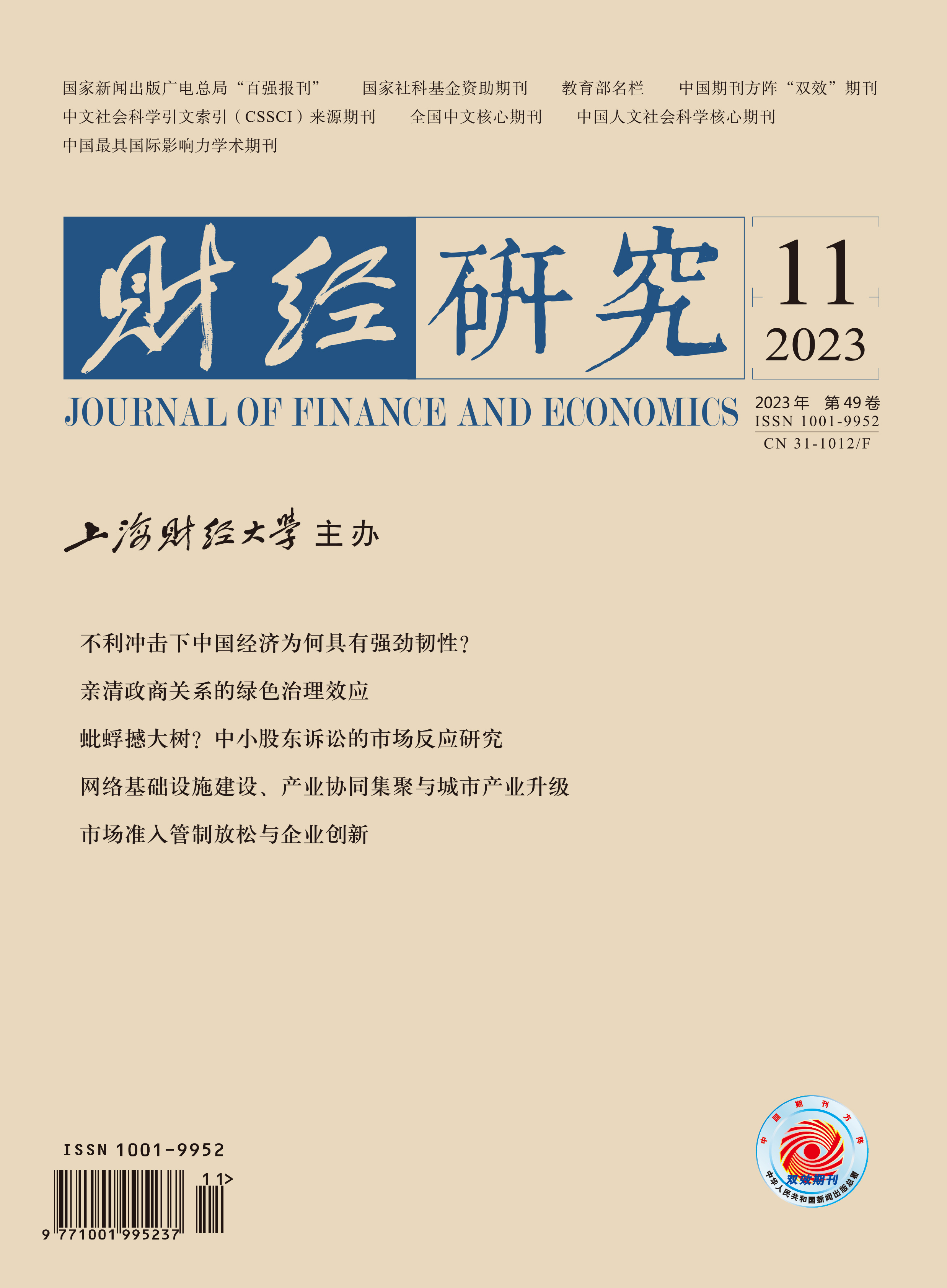As the main demand side of the labor market, enterprises play a remarkable role in stabilizing employment. In the context of increasing downward pressures on the economy, it is of great significance to effectively use fiscal policies to help enterprises relieve their difficulties and achieve full employment of the workforce. To this end, China has introduced a series of preferential policies to reduce taxes and fees in recent years, and the value-added tax refund (VATR) policy is one of them. In this paper, we explore the impact of the VATR policy on labor force employment in enterprises.
The results show that the VATR policy significantly promotes corporate employment, and this conclusion is still valid after a series of robustness tests such as dynamic effect analysis, placebo test, exclusion of other contemporaneous policy effects, and replacement model setting. Mechanism testing indicates that the employment creation effect of the VATR policy is mainly achieved by alleviating the liquidity constraints of enterprises. Heterogeneity analysis finds that the employment creation effect of the VATR policy is more prominent in enterprises with higher financing constraints, higher labor intensity, and higher tax collection and management level. Further, the implementation of the VATR policy significantly increases the proportion of technical staff and the wage level of employees, but has no significant impact on labor income share.
The contributions of this paper are as follows: First, it examines the impact of the VATR policy on the employment absorption capacity of enterprises. Existing literature has explored the impact of the VATR policy on corporate investment and corporate value; while this paper examines the impact of the VATR policy on corporate employment from the perspective of liquidity constraints, expanding the existing research scope and enriching the research on the economic effect of the VATR policy. Second, it confirms that liquidity constraints are the mechanism through which the VATR policy promotes the employment absorption capacity of enterprises. Existing literature has verified the importance of liquidity constraints to corporate employment from the perspectives of monetary policy, political association, and local government debt financing; while this paper studies the impact of liquidity constraints on the employment absorption capacity of enterprises from the perspective of VATR, providing new evidence for the employment impact of liquidity constraints. Third, it has important policy implications. This paper argues that the VATR policy effectively alleviates the liquidity constraints of enterprises and has a significant promoting effect on their employment scale, providing a certain theoretical basis and practical evidence for governments to use the VATR policy to enhance market confidence, stabilize the macroeconomic landscape, and improve the domestic employment level, and also providing a factual basis for the subsequent formulation and adjustment of relevant tax and fee reduction policies.





 5998
5998  9854
9854

